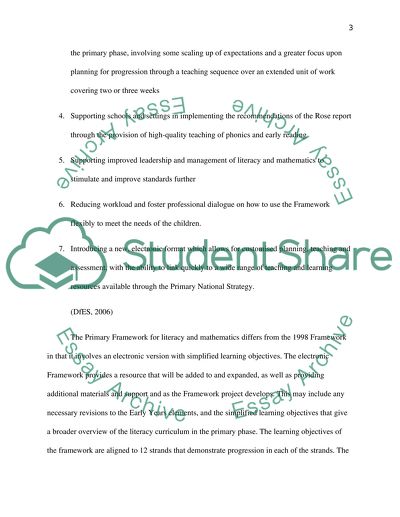Cite this document
(“The Primary Framework for Literacy and Mathematics Essay”, n.d.)
Retrieved from https://studentshare.org/education/1393070-test-paper
Retrieved from https://studentshare.org/education/1393070-test-paper
(The Primary Framework for Literacy and Mathematics Essay)
https://studentshare.org/education/1393070-test-paper.
https://studentshare.org/education/1393070-test-paper.
“The Primary Framework for Literacy and Mathematics Essay”, n.d. https://studentshare.org/education/1393070-test-paper.


